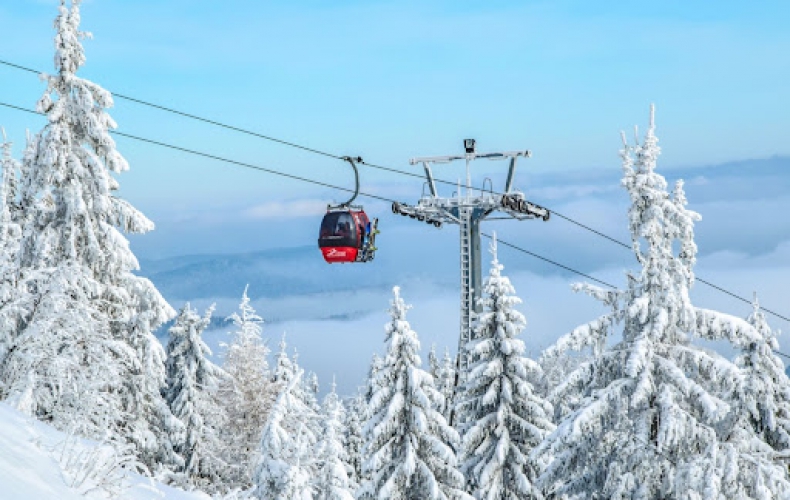How To Run a Safe Ski Resort

With winter comes winter sports. Some of the most exciting winter sports are the downhill ones – skiing, snowboarding, and the like. But if you operate a slope or ski resort, you know that they can be dangerous places for the unprepared. This piece explains how to reduce the risks, as well as your liability concerns for things like electronic waivers.
Safety and Skiing
Skiing, snowboarding, and snowmobiling all carry an inherent risk to them. As with any high-speed sport, sometimes people are going to fall, and sometimes people are going to get injured. Yet, there are plenty of factors that can significantly increase the danger of skiing.
Firstly is the existence of collision risks. One of the most infamous kinds of ski slope hazards has to be the tree well. However, concealed rocks or other debris on ski slopes can also be dangerous. There can be man-made collision risks as well, in the form of vehicles.
Often, the biggest danger to skiers isn’t obstacles, but other skiers. Guests colliding with each other can turn regular spills into serious injuries.
Sometimes the risks to skiers don’t come from going down the slopes, but going up them. Chairlift accidents due to mechanical errors are quite rare, but skiers sometimes injure themselves on chairlifts due to incorrect usage.
Beyond the Slopes
Ski resorts don’t just have to worry about guests being injured by partaking in winter sports. There are other safety concerns to worry about beyond spills on the slopes. You should take these into account before making liability release forms.
Firstly is the weather. Avalanches, snowstorms, or frigid temperatures are all very real threats in mountainous areas.
Weather isn’t the only danger in wilderness areas. Wild animals can be a concern in many places depending on the time of year.
Ski resorts are also generally busy places. This means that there are regular risks of theft – as well as the new risks associated with the spreading of COVID.
Ski Resort Safety
Reducing risks at a ski resort is a unique challenge. This is because guests at a ski resort have enormous leeway to enjoy the slopes at their own pace. This puts a lot of the emphasis on safety on the guests themselves. Ski resort liability release forms generally put a lot of the onus of safety on the skiers.
That said, any ski resort is still going to have to take responsibility for providing all the information guests need to stay safe. This means making sure that there is very clear signage everywhere about potential risks, as well as best safety practices. You should establish a clear safety code, and make sure everyone is aware of it.
Ski runs should have their difficulty clearly marked, and guides to using things like chair lifts should be visible as well. Making sure that novice skiers understand the dangers and risks is paramount.
It’s also up to you to make sure you make the environment as safe as possible. Potential hazards should be marked or roped off. If an area is inherently unsafe, either temporarily or permanently, it shouldn’t be used. Slopes need to be well maintained and have plenty of staff on hand to provide rescue and guidance as needed.
As you can imagine, operating a safe ski resort takes a ton of effort and energy. You might not think you have the time to prepare a solid liability release form. With Waiver Forever, you can quickly prepare electronic waivers with easy-to-use online signatures. No matter how big or small your sporting operation is, Waiver Forever has a plan for you.